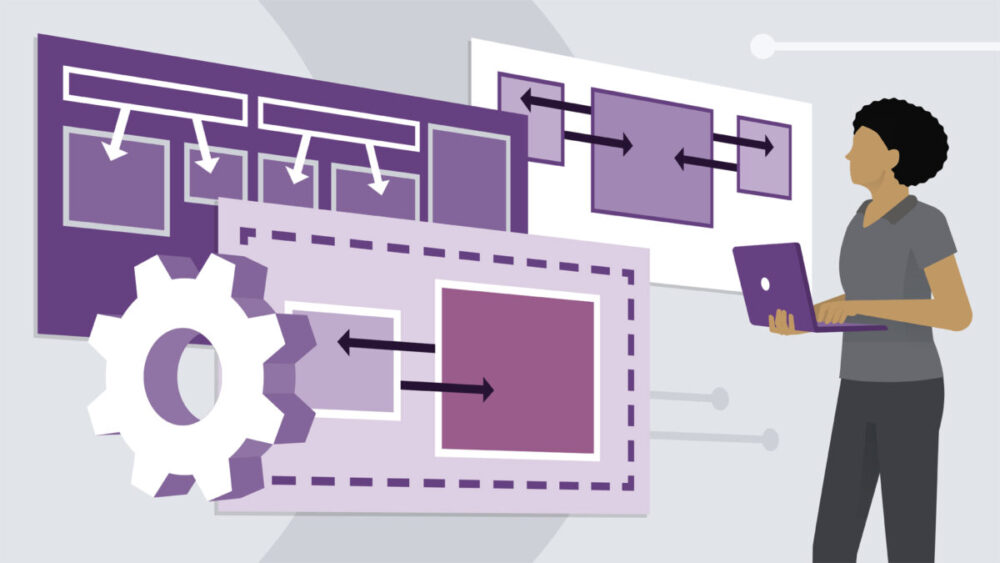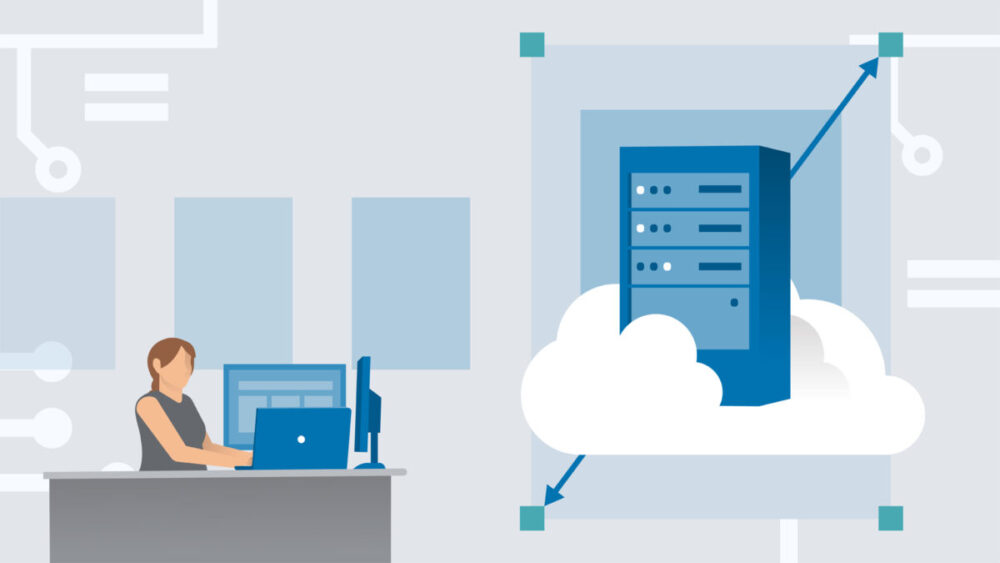
We are living in a pretty interesting time. There are some new technological advancements pretty much every day. Since pretty much all of the people in the world have an access to the internet, we are finding out about all these technological advancements much faster than was the case only about 20 years ago. Without any doubt, one of the newest technological advancements we are witnessing today is cloud computing. Naturally, the concept isn’t new. However, the way we are using it today, and all of its features have been concluded in the last couple of years.
We can see that a plethora of different companies from every corner of the world use it for lowering the costs when it comes to their computing resources. Even though this concept is present for quite some time, every day we can see that many companies are using it for the first time. One of these newest things that emerged in this world is Amazon Web Services or AWS. Nevertheless, it managed to become one of the most popular ones used in this day and age.
One of the main reasons is that it offers a lot of different features that can provide its users with the opportunity to reap some significant benefits. One of the most important ones is the relational database service. Since this is a pretty popular topic, but it still has a lot of uncertainties for a lot of its potential users, we’ve decided to provide you with some of the most important things you need to know about them. Without further ado, let’s begin.
Table of Contents
What is Amazon Relational Database Service?

For those who are not aware, Amazon RDS stands for Amazon Relational Database Service. Its name is the main source of confusion among potential users. The reason is that the term in question directly points to the database. However, if you remember from the beginning of our article, we are talking about a web service. Basically, it’s used for much easier use, scaling, and setting up the databases that are located on an AWS cloud.
RDS Instance Types
RDS DB instances are created for the flexibility essential for the creation of a combination of resources that are used for creating relational database applications. We are talking about a complex topic that requires a lot of knowledge before they are understood. If you are interested to learn all about them, be sure to take a look at Parquantix. These instances are heavily dependent on the specification of the network, the storage, memory, CPU, and the overall capacity. Every instance consists of different sizes, that are based on the requirements of each company’s network. Let’s take a look at these types.
Standard Instances

T2 and T3
In the first type, we would like to talk about T2 and T3 instances. These are created to endure the unexpected torrents in the performance of your CPU more than the level that is approved as a standard for the company’s network. They are used for the accumulation of resources, which are used in these, critical situations. It should be said that these are created to endure the torrents and peaks for more than a day, which provides a lot of space for maneuver during these situations.
M5 and M4
M5 and M4 instances are made for a wide array of different open sources and apps in the cloud that requires all the resources we’ve already mentioned before. The newest version of M5 can provide even more possibilities to its users when it comes to the requirements it can support.
M6G
When it comes to the M6G instances, we can see that they are supported by a highly powerful processor. This results in empowered networking bandwidths.
Memory-Optimized Database Instances

R4 and R5
When talking about R4 and R5 instances, we can see that they are highly optimized mainly for the apps that require a lot of memory usage. Therefore, they are considered to be one of the crucial ones in the whole concept.
X1 and X1e
In case the requirements of the organizations are that it needs a high-performance database, then instances like X1 and X1e are used.
Z1d
If you are in need of quick delivery of the memory-optimized instances, needed for the utilizing of the interpersonal database workloads, then your pick should be Z1d.
Benefits of Amazon RDS Instances

Besides the fact that you don’t need to pay for the whole package, only for those things you need and prefer, there are some other benefits that come with the decision to use Amazon RDS. Let’s see what they are.
- Scalability
If you opt for using these, you can be sure that you are just a couple of clicks away from being able to take a look at all the resources you have in your database. There is one more method you can use for achieving this result. We are talking about using a particular API.
- Availability
Since we are talking about a concept, which is pretty close to the original one, called Amazon Web Services, we can all agree that they are highly reliable. Plus, the adoption of these doesn’t require too much of an effort on your behalf. You only need to learn how to use it.
- Security
Since we are talking about a database that can only be accessed only by your private network, there is zero chance of some attacks on your databases happening. At the same time, we are talking about Amazon, which means that all of its products, or RDS engines, in this case, will be encrypted, and therefore, you will be protected against all of the influences and attacks.
- Administering
Different from many other software and cloud services we can see on the market, by using these instances, you will be able to administer all of the databases and the resources much faster and easier than ever before. Thankfully, you will not have any kind of costs when it comes to the initial infrastructure and there will not be any kind of need to maintain the software itself.







